Transform your park or tourism facility into a truly inclusive destination through comprehensive accessibility training. Empower staff to confidently assist visitors of all abilities by implementing hands-on workshops that cover mobility assistance, communication techniques, and adaptive equipment operation. Build a culture of understanding by partnering with local disability organizations to provide real-world perspectives and practical scenarios for your team.
Our proven approach to making nature accessible for everyone starts with educating frontline staff about diverse accessibility needs – from physical disabilities to sensory sensitivities. Learn how proper training transforms casual interactions into meaningful experiences that welcome every visitor with dignity and respect.
Experience shows that well-trained staff become natural advocates for accessibility, spotting opportunities to improve services and suggesting creative solutions. When team members understand both the “why” and “how” of accessibility, they deliver exceptional experiences that keep visitors returning and recommending your destination to others.
This introduction to accessibility training opens doors to better visitor experiences, stronger community connections, and a more inclusive outdoor recreation environment for all.
Understanding Ontario’s Commitment to Accessible Parks
The AODA Standards in Parks
Ontario’s parks must comply with the Accessibility for Ontarians with Disabilities Act (AODA) standards, which ensure everyone can enjoy our beautiful outdoor spaces. These standards require parks to provide accessible parking spaces, clear pathways, and proper signage that’s easy to read and understand.
Trail entrances need to be wide enough for mobility devices, and parks must offer alternative formats for maps and information materials. Visitor centers and washroom facilities are required to have accessible features like ramps, automatic doors, and properly sized stalls.
Parks staff receive specialized training to assist visitors with various disabilities, from helping with wayfinding to ensuring service animals are accommodated. Many parks now offer adaptive equipment rentals, like beach wheelchairs and all-terrain mobility devices, making it possible for everyone to experience nature.
The standards also cover digital accessibility, requiring park websites and online booking systems to be compatible with screen readers and other assistive technologies. These requirements aren’t just rules to follow – they’re stepping stones to creating truly inclusive outdoor spaces where all visitors can connect with nature and enjoy memorable experiences.
Current Accessibility Initiatives
Ontario Parks currently offers several innovative accessibility initiatives designed to make nature accessible to everyone. Our popular “TrailAbility” program provides specialized equipment rentals, including all-terrain wheelchairs and beach access mats, at select provincial parks. Staff members receive regular training updates through our “Access Awareness” workshops, which cover everything from proper communication techniques to practical assistance methods.
We’ve also introduced the “Park Buddy” system, where trained staff members are available to accompany visitors with disabilities on trails and provide personalized support when needed. Our visitor centers feature tactile exhibits and audio descriptions, while many of our campgrounds now offer fully accessible campsites with modified picnic tables and fire pits.
Digital accessibility remains a priority too, with our park websites featuring screen reader compatibility and virtual trail previews that help visitors plan their trips confidently. We’re particularly proud of our new “Accessible Adventure” guide series, which provides detailed information about barrier-free facilities and activities available at each park.
These initiatives continue to evolve based on visitor feedback and emerging accessibility standards, ensuring our parks become increasingly welcoming to all visitors.
Core Components of Accessibility Training

Customer Service Excellence
At the heart of creating an inclusive park experience is understanding how to interact respectfully and effectively with visitors who have various disabilities. Our customer service training equips staff with essential skills to ensure everyone feels welcome and supported during their visit.
Through role-playing exercises and real-world scenarios, staff learn proper etiquette and communication techniques for assisting visitors with mobility, visual, hearing, and cognitive disabilities. This includes practical tips like speaking directly to the person rather than their companion, asking before offering assistance, and being patient while communicating.
We emphasize the importance of person-first language and avoiding assumptions about abilities. Staff are trained to listen actively and respond to each visitor’s unique needs with empathy and respect. For instance, when assisting someone who is blind or has low vision, staff learn to offer clear verbal descriptions and ask if the person would like physical guidance before providing it.
The training also covers how to effectively communicate when face masks are required, ensuring visitors who rely on lip-reading can still receive clear information. Staff learn to use alternative communication methods, including written notes, visual aids, and simple gestures when appropriate.
Remember, great customer service is about creating positive experiences for everyone, regardless of their abilities. Our goal is to ensure every visitor feels understood, respected, and empowered to fully enjoy their park experience.
Facility Assessment Skills
Learning to assess and maintain accessible facilities and equipment is a crucial part of accessibility training. Our comprehensive facility assessment program teaches staff how to evaluate buildings, trails, and recreational areas through the lens of universal access.
Through hands-on exercises, participants learn to identify potential barriers and challenges that visitors with different abilities might face. This includes measuring doorway widths, evaluating ramp slopes, and checking counter heights. We encourage staff to experience facilities using mobility devices themselves, providing valuable firsthand perspective on accessibility needs.
Regular maintenance checks are another key focus area. Staff learn to monitor and maintain automatic door operators, ensure clear pathways remain unobstructed, and keep accessible washrooms in top condition. Quick response protocols for addressing accessibility-related maintenance issues are also covered.
Pro tip: We teach staff to create detailed facility maps highlighting accessible features, which helps visitors plan their trips more effectively. These maps include information about accessible parking spots, rest areas, and alternative routes.
The training emphasizes the importance of seasonal assessments, as weather conditions can significantly impact accessibility. For example, winter maintenance requires special attention to ensure snow removal doesn’t create new barriers at entrance points or along accessible paths.
By mastering these facility assessment skills, our staff can better serve all visitors and maintain the welcoming atmosphere Ontario Parks is known for.

Adaptive Program Development
Creating inclusive recreational programs starts with understanding that every participant brings unique abilities and perspectives to outdoor activities. By designing flexible programs that can be modified on the fly, we ensure everyone can participate in accessible outdoor adventures that match their comfort level and capabilities.
Our adaptive program development focuses on three key principles: flexibility, choice, and empowerment. Activities are designed with multiple entry points, allowing participants to engage at their preferred level of challenge. For instance, our nature interpretation programs offer both seated and standing options, with tactile elements for those who learn best through touch.
We encourage program leaders to maintain open communication with participants, regularly checking in about comfort levels and needed adjustments. This might mean offering alternative routes during guided hikes, providing additional rest stops, or adapting equipment to suit individual needs.
Remember, successful adaptive programs celebrate what each person can do rather than focusing on limitations. Whether it’s modifying a bird-watching session with audio descriptions or creating accessible viewpoints for photography workshops, the goal is to ensure everyone experiences the joy of connecting with nature.
By incorporating universal design principles and gathering feedback from participants, we continuously refine our programs to be more inclusive and engaging for all visitors. This dynamic approach helps create memorable experiences that welcome everyone to explore Ontario’s natural wonders.
Real Success Stories
Staff Perspectives
For park staff like Sarah Thompson, a trail guide at Algonquin Provincial Park, accessibility training has been transformative. “It’s completely changed how I approach my work,” she shares. “I now see the park through different eyes and can better serve all our visitors.”
The impact of accessibility training extends beyond just learning about physical accommodations. Staff members report feeling more confident in their interactions with visitors of all abilities, leading to more meaningful connections and better visitor experiences.
“Before the training, I sometimes felt uncertain about how to assist visitors with disabilities,” admits Mike Chen, a visitor center coordinator. “Now I understand that it’s okay to ask people what support they need, rather than making assumptions.”
Rangers and maintenance crews have particularly benefited from practical workshops on trail assessment and facility modifications. These hands-on sessions help staff identify potential barriers and implement solutions proactively.
The training has also fostered a culture of inclusivity among park employees. Team members regularly share accessibility tips and support each other in ensuring all visitors can enjoy Ontario’s natural wonders. Many staff members have become passionate advocates for accessibility improvements in their respective areas.
“It’s not just about compliance,” explains Park Superintendent Lisa Martinez. “It’s about creating genuine welcome for everyone who wants to experience our parks.”

Visitor Experiences
When parks embrace accessibility training, the benefits for visitors with disabilities are remarkable and far-reaching. Guests frequently report feeling more welcome and understood, knowing that staff members are equipped to provide appropriate assistance when needed. One visitor, Sarah, shared how a trained park interpreter adapted a bird-watching program to include audio descriptions, making it possible for her to fully participate despite her visual impairment.
Families with children who have autism spectrum disorders particularly appreciate when staff understand sensory sensitivities and can recommend quieter trail options or less crowded times to visit. Many parents have noted how trained staff members’ calm and patient approach has helped their children feel more comfortable exploring nature.
The impact extends beyond individual experiences. Trained staff often create innovative solutions that benefit everyone. For instance, after learning about mobility challenges, one park team developed clearer trail difficulty markers and rest stop indicators, making it easier for all visitors to plan their routes confidently.
Seniors have also noticed the difference, with many expressing appreciation for staff who understand their needs without making assumptions. Whether it’s suggesting accessible viewing platforms for wildlife watching or providing clear directions to barrier-free facilities, trained staff help create memorable experiences for visitors of all abilities.
These positive outcomes show how accessibility training transforms parks from places people hope to visit into places where everyone can fully participate and enjoy Ontario’s natural beauty.
Planning Your Accessible Visit
Planning your visit to the park is now easier than ever with our comprehensive accessibility services. As one of the most welcoming accessible parks in Ontario, we’ve made sure every visitor can enjoy their experience to the fullest.
Start by checking our online accessibility map, which highlights barrier-free trails, accessible washrooms, and designated parking spots. We recommend booking your visit at least two weeks in advance to ensure we can accommodate any specific needs you may have.
Our visitor center is equipped with:
– Wheelchair ramps and automatic doors
– Accessible washrooms with adult changing tables
– Height-adjusted service counters
– Assistive listening devices
– Large print and braille materials
– Tactile maps of the park
For mobility assistance, we offer all-terrain wheelchairs free of charge (reservation required). These specialized chairs allow visitors to explore our accessible trails and beach areas comfortably. Don’t forget to ask about our beach access mats, which provide stable pathways right to the water’s edge.
Pro tip: Download our accessibility guide before your visit. It includes detailed information about trail gradients, rest area locations, and quiet spaces for those who might need sensory breaks.
If you’re planning a group visit, our trained staff can arrange customized tours and activities. We have adaptive equipment available for various activities, including fishing, bird watching, and photography sessions.
Remember to check our seasonal accessibility updates, as some services may vary depending on weather conditions. Our friendly park staff are always ready to answer your questions and help create an inclusive experience for everyone.
For real-time updates on trail conditions and facility availability, follow us on social media or sign up for our accessibility newsletter. Together, we’re making nature accessible for all!
Accessibility training has transformed Ontario’s outdoor recreation landscape, creating more inclusive experiences for visitors of all abilities. Through dedicated programs and hands-on learning, park staff and tourism professionals have gained valuable skills to better serve diverse communities and ensure everyone can enjoy Ontario’s natural wonders.
The impact of these training initiatives extends far beyond basic compliance. We’ve seen remarkable changes in visitor satisfaction, with many guests noting the improved understanding and support they receive from trained staff members. Personal connections and meaningful interactions have replaced uncertainty, making our parks and outdoor spaces truly welcoming for all.
Looking ahead, accessibility training continues to evolve with new technologies and changing needs. Virtual reality simulations are being introduced to provide staff with immersive learning experiences, while mobile apps are making it easier to access accessibility information on the go. Future programs will likely incorporate more specialized training for specific activities like adaptive hiking and water sports.
The journey toward full accessibility is ongoing, but the foundation built through comprehensive training programs is solid. As we move forward, the focus will be on expanding these initiatives to reach more tourism operators, updating curriculum to reflect emerging best practices, and gathering feedback from visitors to continuously improve our approach.
By investing in accessibility training today, we’re creating a more inclusive outdoor recreation experience for generations to come. Whether you’re a first-time visitor or a seasoned nature enthusiast, everyone deserves to experience the beauty of Ontario’s great outdoors.


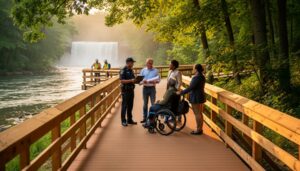

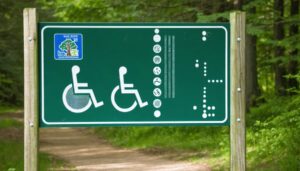
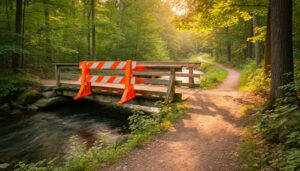

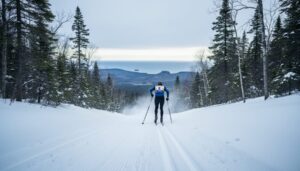


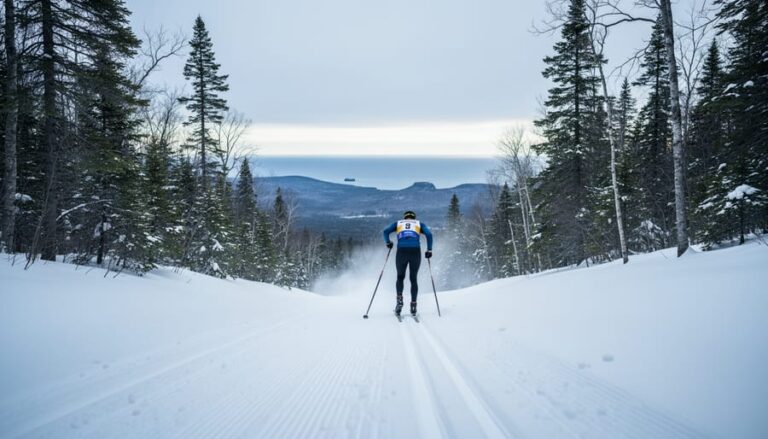
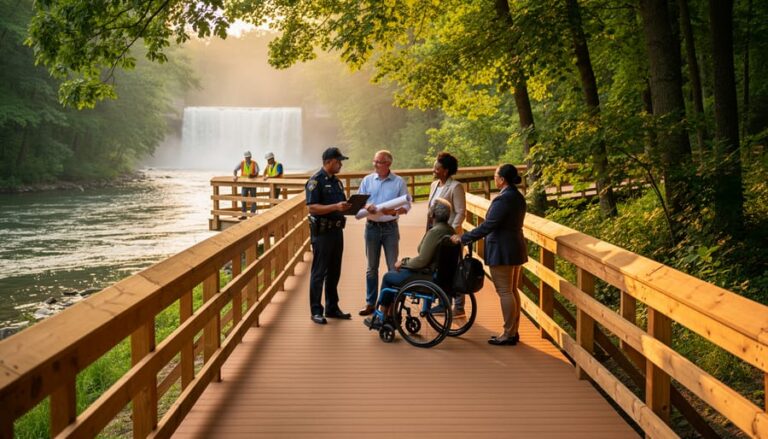
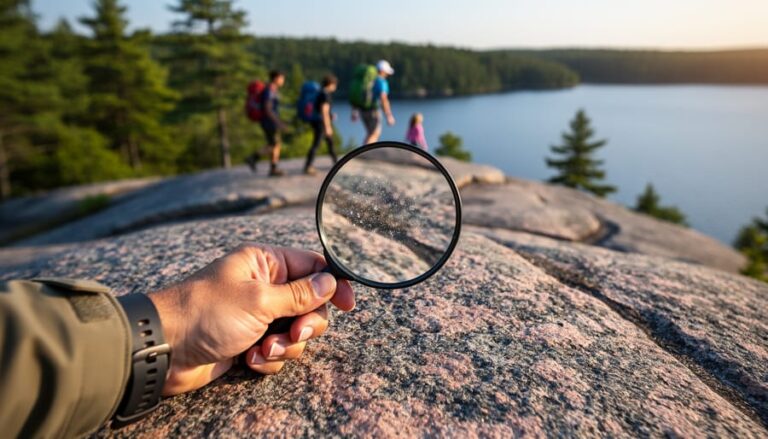
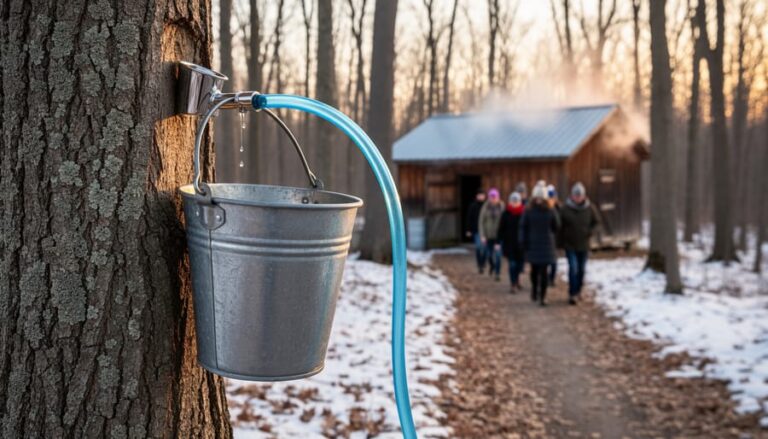
+ There are no comments
Add yours